The number of bakery chain stores on Britain’s high streets is stagnating, with a net increase of just two in the first half of 2018.
There were 34 bakery openings during the period and 32 closures, taking the total number of sites to 1,333. Coffee shops performed marginally better with a net increase of six stores as 60 opened and 54 closed.
However, this bucks the general trend, which sees overall store openings at a record low due to lack of confidence in the high street. A net total of 1,123 stores disappeared from Britain’s high streets as only 1,569 shops opened, compared to 2,692 closures.
The statistics are based on activity from Great Britain’s top 500 high streets in the first half of the year. The data was compiled by the Local Data Company for PwC and takes into account multiple retailers – businesses that have more than five sites nationally.
“The performance of the physical UK retail landscape has well and truly passed an inflexion point. While there are still many examples of sectors and brands which remain resilient to market challenges, it would be remiss not to acknowledge the increase in store closures, seen especially in the first half of 2018 when the gap between openings and closures has widened significantly,” said Lucy Stainton, senior relationship manager (retail) at Local Data Company.
She added that retailers were frantically trying to adjust their business models and concepts to meet evolving consumer habits.
“Arguably, in part, these latest figures reflect both: businesses which have struggled to meet consumer demand, but also, conversely, those operators who are actively managing and reducing their portfolios to ensure their estate remains fit for purpose,” Stainton added.
A combination of the growth in online shopping, shift to in-home entertaining and the continued digitisation of services have been attributed to the decline.
Hardest-hit by the slump in high street retail were fashion and clothing stores, with a new loss of 104 sites, followed by pubs (down 99 sites) and electrical goods stores (down by 44 sites).
Supermarkets and booksellers, meanwhile, saw the largest net growth, both with a total change of eight, followed by ice cream parlours with six.
“The continued rate of store closures reflects the new reality of that many of us prefer to shop online and increasingly eat, drink and entertain at home. The high street is adapting to an overcapacity in retail and leisure space resulting from these channel shifts,” said Lisa Hooker, consumer markets leader at PwC.
“Specifically, the openings across ‘experiential’ chains, such as ice cream parlours, beauty salons and vape shops, haven’t been enough to offset closures in the more traditional categories.”
Hooker added that the “turmoil facing the sector” was unlikely to abate, with store closures in the second half of the year likely to further intensify the situation.
Scottish bakery business Aulds is among those already hit. In August, the business announced it would be liquidating its retail division to focus on the wholesale arm. As a result, 18 of its 26 stores were closed resulting in the loss of jobs for the employees working in them.























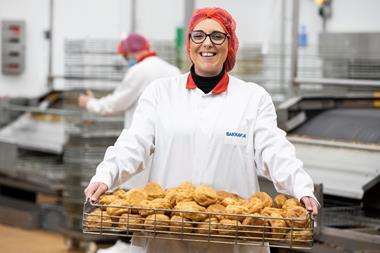
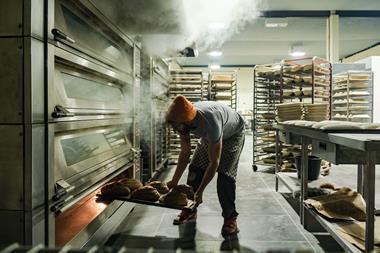



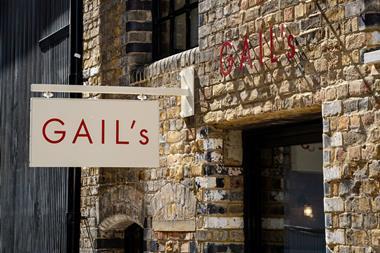
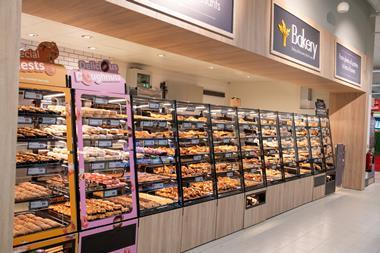

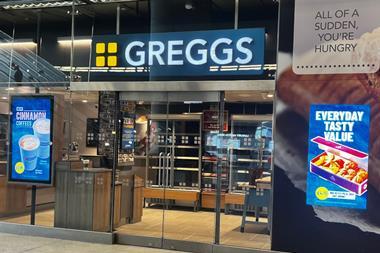

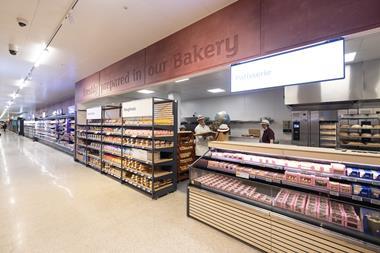

No comments yet